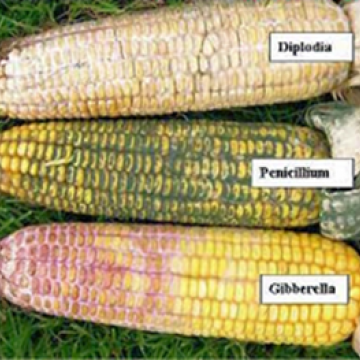Explore our blog featuring articles about farming and irrigation tips and tricks!
Possibility Of Ear Rot – What To Watch For!

By: Beck’s Hybrids
As harvest starts to approach and we are working to get combines and grain bins ready, don’t forget to keep an eye on your corn fields. Many of us are hoping for a great crop, but as this year continues to look more like the crop of 2009, there are a few things we need to watch.
One of those is the possibility of ear rots. The wet, cool weather during pollination allowed for infection, and the wet, humid weather currently has been perfect to start development of Gibberella and Diplodia. Gibberella is a mold with a pink tint or color that is normally found near the tip of the ear. Diplodia is a white mold generally found near the base of the ear.
Diplodia will cause low test weight and chaffy kernels. Gibberella can produce the same, but it contains a mycotoxin. If you find infected fields, make sure to turn the fans up on the combine and try to blow out as many infected kernels as possible. If you can keep the infected grain separate and dry it to 15 percent moisture as quickly as possible. For long term storage it needs to be at 13.5 percent. Below is a comparison of the diseases:
Stay up to date on all T-L news and get alerts on special pricing!


